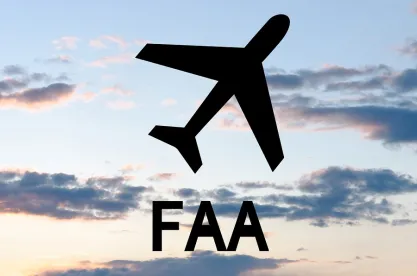It is hard to move the news cycle beyond vaccine updates, but this week brought such news. The aerospace industry received the announcement that many were expecting for a long time. The FAA has decided to allow Boeing to resume deliveries and commercial flights of the 737 MAX by the end of the year.
What is the impact? From an aerospace supply chain perspective, the distribution of a vaccine and the 737 MAX are connected because they each relate to the eventual return of people getting on airplanes, both for business and personal reasons. From a long-term perspective, the fundamentals of the aerospace industry remain solid and there will be a recovery.
However, I have heard some in the media and in the manufacturing industry try to suggest that the return of the 737 MAX will fix the problems in the industry in the short term.
I agree with many of the reactions set forth in a recent article published by Reuters, which attempts to “pump the brakes” on the immediate impact of the 737 MAX. Industry leaders such as Kevin Michaels and Richard Aboulafia underscore the stark reality.
Aboulafia states:
“The market really won’t need new-build planes for a few years, since there are 387 737 MAX’s waiting to return to service, and 450 already-built 737 MAX’s waiting to be delivered.”
Michaels concurs:
“This is great news but . . . It will take several years (for the 737 MAX supply chain) to get back to full production, maybe as many as three years.”
At the end of the day, the return of the 737 MAX is good news in the long-term for Boeing and for the aerospace supply chain. But, the short term challenges remain, as Boeing and Airbus expect that their suppliers will use this time of relatively-low demand in commercial airspace to invest in their businesses. Easier said than done.



 />i
/>i

